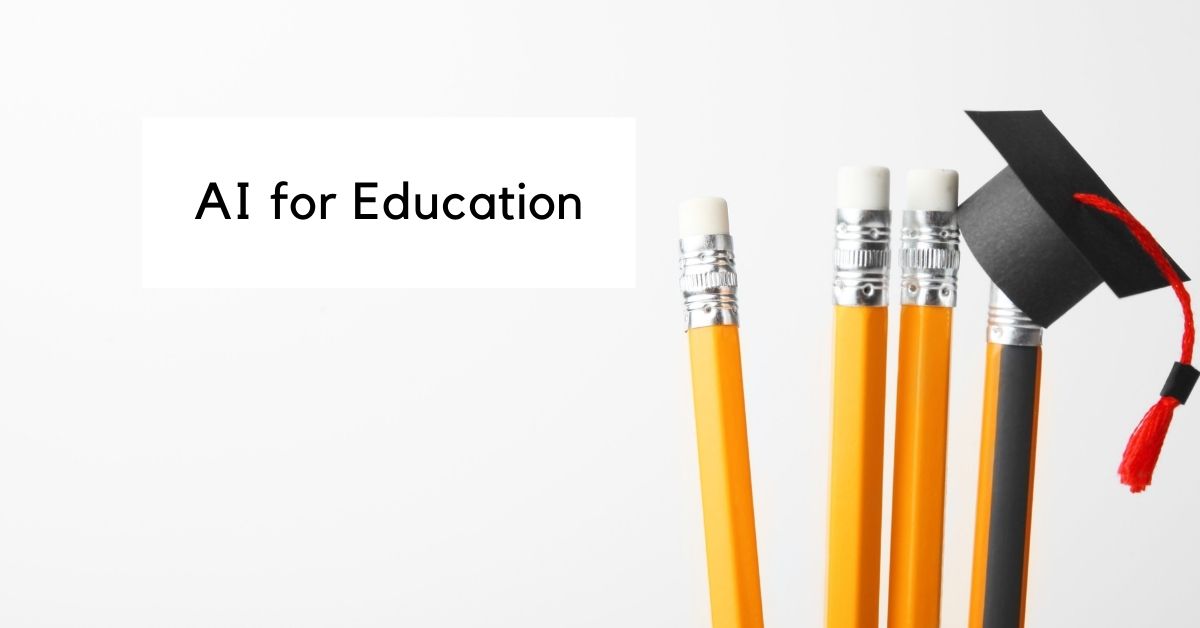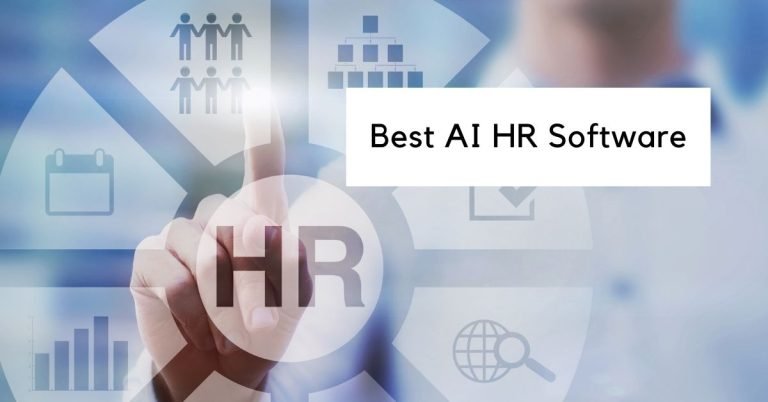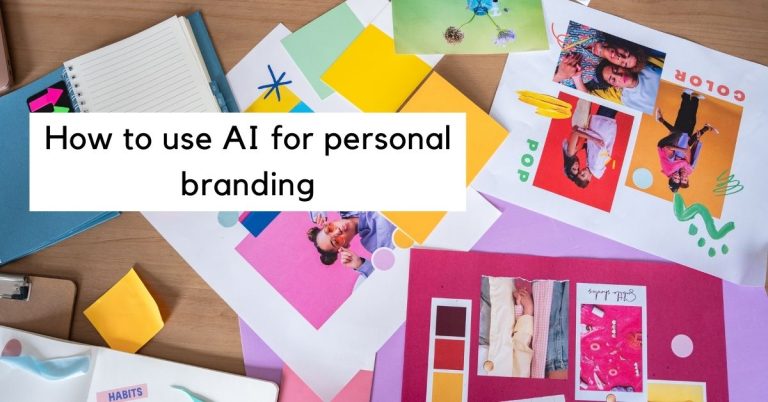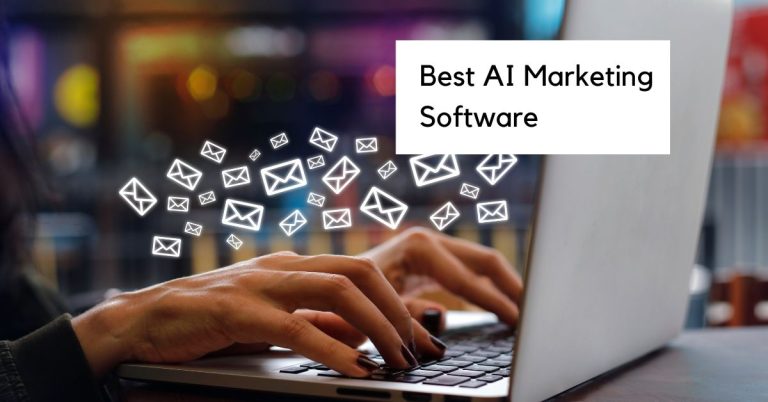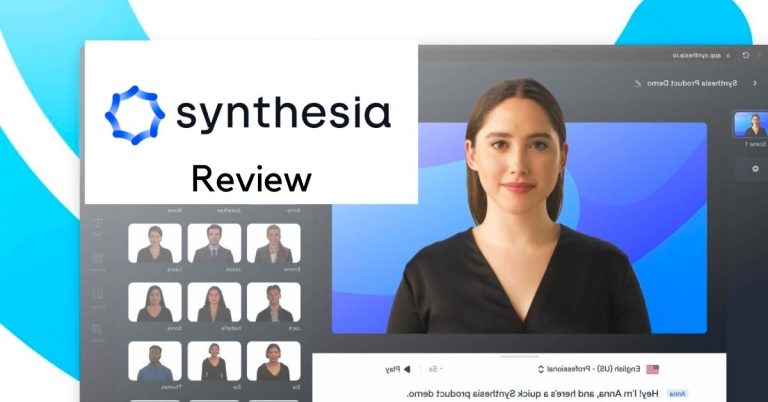A+ for AI: Education of the Future
Imagine a classroom where every student has the privilege of having an individual tutor, who creates educational material suited to their needs, helping them learn in the way that best suits them, every minute of every hour. A single teacher in a 20-student class can not possibly achieve that, right? Wrong. Artificial intelligence in education is already bringing personalized learning and changing the way we teach and students learn, from early years to higher education, adult learning, and even language learning.
Below, we delve into the exciting possibilities that AI brings to the field of education, exploring how it can bridge educational gaps and enhance accessibility, and how you can start using it today. Teachers, professors, and educators, get ready to embrace artificial intelligence and step into the future!
Understanding How Artificial Intelligence Systems are Used in Education
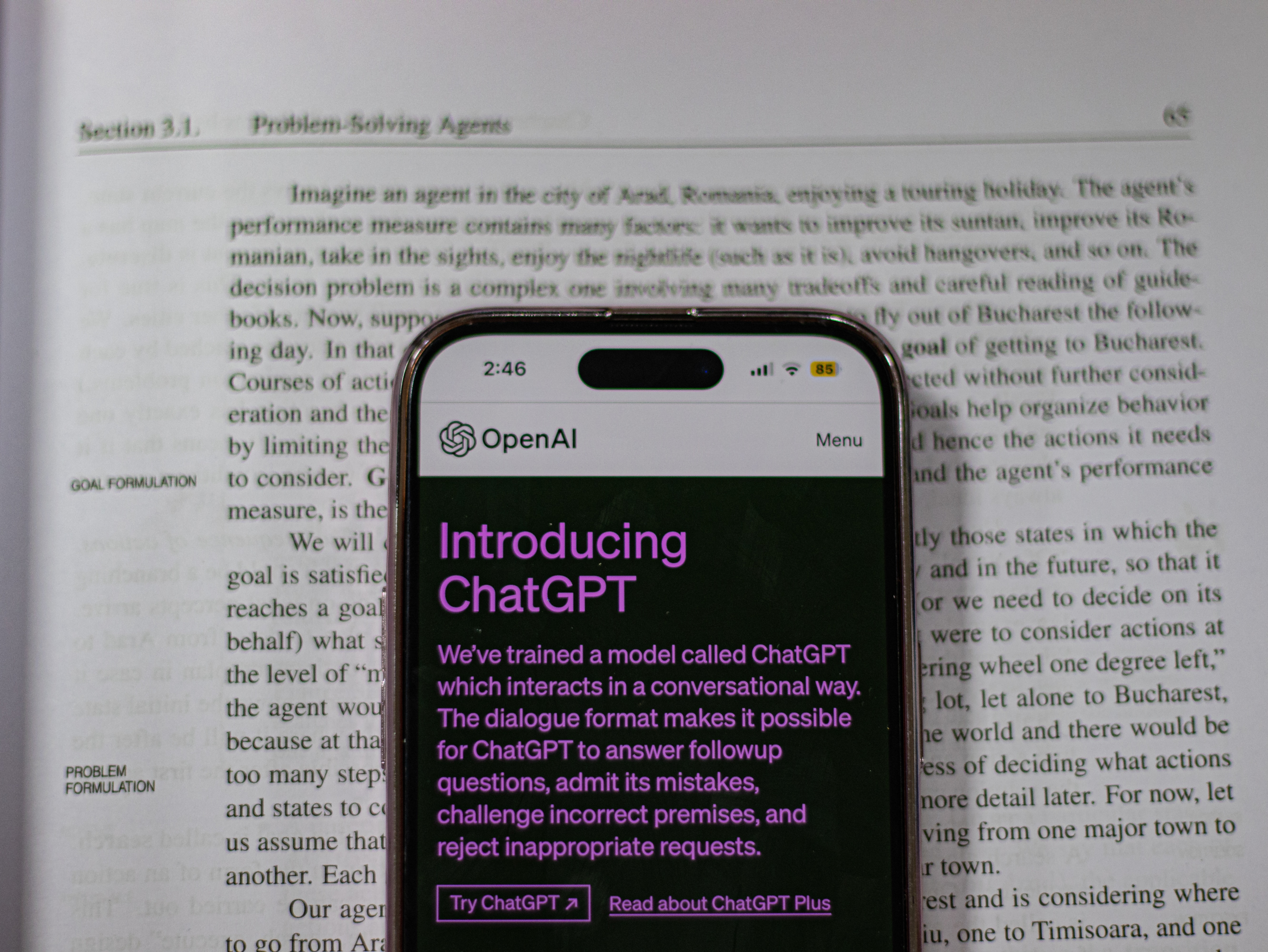
With its capabilities in machine learning, natural language processing, and personalized algorithms, AI offers the potential to create tailored educational experiences for students and bring personalized learning to another level. By using big data for collection, analysis, and algorithm training, AI-driven solutions are driving educational innovation and improving outcomes.
Back in 2019, UNESCO developed a set of guidelines, intended for policy-makers, researchers, and educators, emphasizing the importance of a human-centered approach to AI in education. UNESCO recognizes that AI has the potential to enhance human capacities and protect human rights, fostering effective collaboration between humans and machines in education and sustainable development.
They propose that AI should be used to address inequalities in access to knowledge and ensure AI’s application does not widen technological divides within and between countries. They recommend leveraging AI to solve pressing educational problems, such as addressing learning gaps, personalizing learning experiences, and improving universal access to quality education.
Training and Limitations of AI for Education
AI systems for education undergo training using extensive and diverse datasets, which significantly bolster their effectiveness. The training process for AI models in education is characterized by iterative approaches that harness data-driven techniques, continuously refining their performance and enhancing their adaptability to educational contexts (to understand more of the computer science and AI jargon used, check out our articles about foundation models and large language models).
A recent paper on the limitations of AI that is to be used in education mentions that AI has relatively complete functions in four subsystems: information receiving, storage, coding, and output. It also partially possesses functions related to information selection and monitoring.
However, AI seriously lacks the capabilities of three critical subsystems: information interpretation, evaluation, and construction. These subsystems are essential for generating innovative and creative information, which is, of course, a uniquely human capability.
Adaptive and Personalized Education
By analyzing student data, AI can facilitate a deeper understanding of individual learning needs and adapt instruction accordingly. This customization extends to pacing, content, and learning strategies, providing students with tailored approaches that optimize their educational journey.
One of the key advantages of AI in education is its ability to provide targeted interventions and support for struggling students. This individualized support can significantly improve learning outcomes and foster a more inclusive and supportive learning environment.
Furthermore, AI enhances tutoring by offering individualized assistance to students. With AI, tutoring becomes more interactive and adaptive, providing immediate feedback, assessing performance, and offering tailored guidance in real time.
Applications of AI Systems in Education
There are a number of ways we can both teach and harness the power of artificial intelligence systems in order to advance student learning. Integrating AI into the education system will not replace teachers, but rather equip them with cutting-edge research, technology, and knowledge, and help them guide students toward success.
Personalized Learning
Personalized learning has been revolutionized by the latest advancements in artificial intelligence technology. Examples of personalized learning through AI include AI-powered chatbots guiding students through their adaptation period and providing accurate information, as well as automating content scheduling and delivery. AI-driven solutions like adaptive learning platforms such as Knewton, AI-powered tutors like Querium, and individualized learning paths offered by ALEKS have demonstrated successful implementation in personalized learning experiences.
AI enables personalized learning by delivering immediate feedback, assessing performance, and offering tailored remediation. By analyzing student data, AI can tailor educational content and learning paths to meet individual needs, preferences, and abilities. Adaptive assessments and targeted interventions provide benefits by identifying areas where students struggle and providing focused support.
The impact of personalized learning on student engagement and outcomes is significant, as it keeps students engaged through adjusted workloads and interventions catered to their specific requirements.
Intelligent Tutoring Systems
Intelligent Tutoring Systems (ITSs) powered by artificial intelligence offer personalized instruction and feedback to students. These systems, such as Carnegie Learning and Smart Sparrow, adapt their strategies based on student responses and progress. ITSs utilize deep learning algorithms to provide individualized learning experiences in digital environments.
An ITS operates as a computer system that delivers tailored curriculum and guidance, often without the need for a human teacher. By employing AI technology, ITSs can suggest personalized studying strategies for individuals. Recent research, including studies conducted at Carnegie Mellon University, has demonstrated the effectiveness of ITSs in teaching various subjects, such as algebra, grammar, equation solving, fraction addition, and chemistry.
The application of machine learning algorithms in ITSs simulates the learning process of students. The ultimate goal is to enable teachers to create their own computerized lessons without relying on AI programmers. This empowers teachers to shape the technology according to their teaching methods, ensuring a personalized and adaptable learning experience for students.
Intelligent Content Creation and Curation
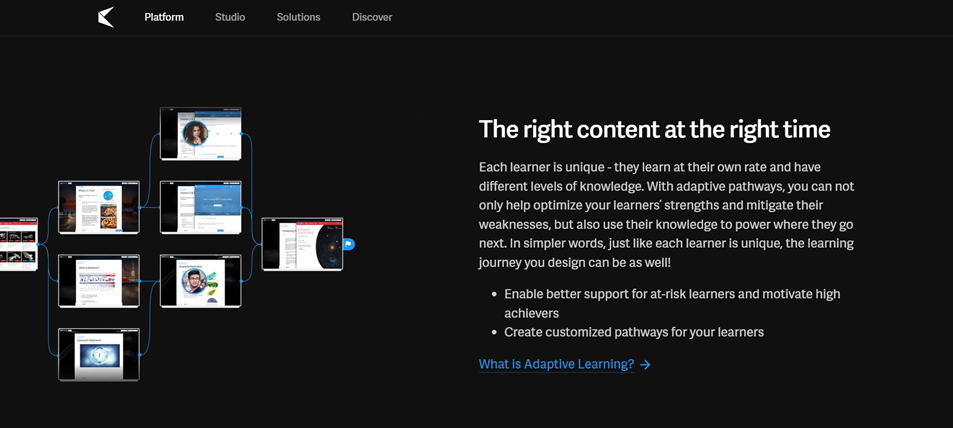
By using artificial intelligence, quizzes, worksheets, essays and instructional materials can be generated efficiently and effectively. AI can analyze a lot of diverse information and then recommend relevant resources to both students and educators, enhancing the learning experience.
For instance, Educational Vision Technologies (EVT) uses AI to divide long-form educational videos into manageable chapters, providing transcripts, notes, and interactive features (just like some of the best AI transcription tools). This makes the content more accessible and comprehensive for students, including those with disabilities or limitations in attending classes.
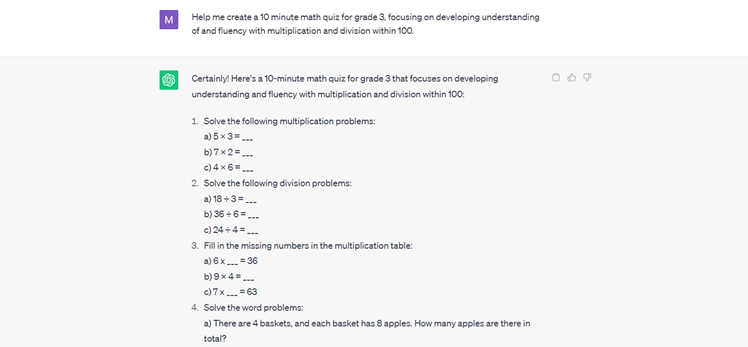
The image above showcases the use of the popular ChatGPT to create a math quiz. With generative AI like these, it is important to remember that the quality of the result will significantly depend on the quality of the request (prompt). That of course is why it is important to understand correct prompting.
Virtual Assistants and Chatbots
AI-powered virtual assistants and chatbots can support individual students and educators in the field of education. These intelligent systems can answer questions, provide guidance, and offer personalized recommendations to enhance the learning experience.
Several universities have already embraced AI-powered virtual assistants. Stanford University created QuizBot, a chatbot that proved to be more effective than traditional flashcards in helping students learn and retain information. Georgia State University introduced Pounce, a virtual assistant that significantly increased their capacity to handle student questions during the admissions process.
Grading and Feedback Automation

By using machine learning algorithms, AI systems can analyze and assess various types of student work, including essays and assignments. These algorithms can identify specific errors or patterns in student work and provide targeted feedback relevant to the assignment. UK’s Graide does just that.
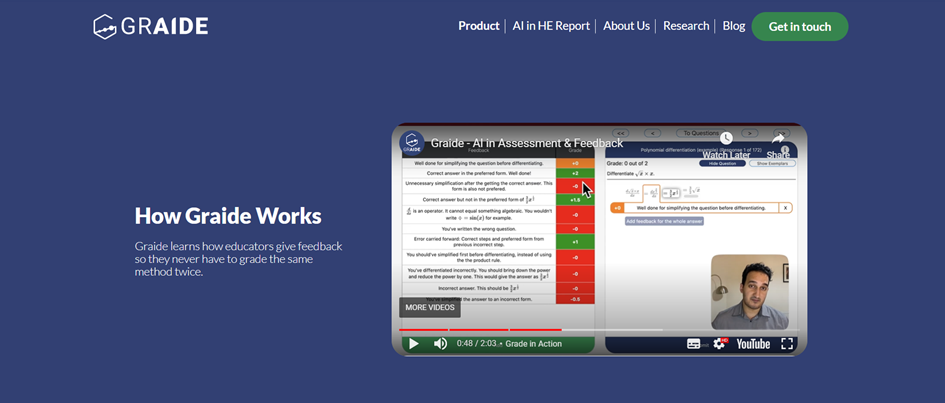
One of the key benefits of AI grading is the quick turnaround time, allowing students to receive immediate feedback to address areas of weakness and improve their skills effectively. AI grading systems use standardized criteria, ensuring more objective and consistent grading than traditional methods. This reduces the potential for bias or errors in grading, creating a fairer and more inclusive learning environment.
Additionally, AI grading allows teachers to gather data on student performance, helping them identify areas where students are struggling and adapt their lesson plans accordingly.
Enhancing Accessibility and Inclusion
AI has the potential to enhance inclusivity and make learning more accessible to everyone.
Assistive Technologies for Special Needs

AI is already used to develop innovative tools that support students with visual impairments, hearing impairments, and cognitive disabilities. These technologies offer real-time transcription (just like some of the best transcription tools), captioning, and audio descriptions, making educational content more accessible to children and students with different needs.
For students with visual impairments, AI-powered technologies like screen readers and image recognition systems can provide audio descriptions, enabling them to access visual content. Similarly, students with hearing impairments can benefit from AI-driven captioning and transcription tools that convert spoken language into text. These tools enhance their comprehension of lectures and discussions. Additionally, AI algorithms can analyze and interpret facial expressions, gestures, and body language, assisting students with cognitive disabilities in understanding social cues and interactions.
Some notable examples of AI-driven assistive technologies include speech-to-text applications, smart braille displays, intelligent tutoring systems, and virtual reality simulations.
Language Learning and Translation

Artificial intelligence can provide interactive language learning experiences by offering personalized learning materials and adaptive exercises. Artificial intelligence systems can analyze learners’ language proficiency and provide targeted feedback to improve pronunciation, grammar, and vocabulary usage.
AI translation tools can assist in translating texts, allowing learners to understand content in different languages and engage in cross-cultural communication. In multilingual classrooms, AI translation tools can support students with different language backgrounds, enabling inclusive and effective learning environments.
Language learning platforms like Duolingo and Rosetta Stone utilize AI algorithms to personalize language courses based on learners’ needs and progress. Translation services such as Google Translate employ AI technologies to provide instant translations of text, speech, and even images.
While AI can provide accurate translations and feedback, it lacks the emotional and cultural understanding that humans possess. For example, AI translation may struggle with idiomatic expressions, sarcasm, and nuanced meanings.
Early Intervention and Predictive Analytics

AI can identify early signs of learning difficulties or behavioral issues in children, allowing educators to intervene promptly. This proactive approach enables personalized interventions and support strategies to be developed, catering to the specific needs of students.
However, the use of predictive analytics in education raises ethical considerations. Privacy concerns, the risks of algorithm bias, and the potential for overreliance on AI are important factors to address.
Despite these challenges, successful implementations of AI in early intervention and predictive analytics have been observed. For example, a study incorporated probabilistic machine learning to identify at-risk students, resulting in more reliable predictions and enhanced academic outcomes.
Ethical Considerations and Challenges
The widespread adoption of artificial intelligence in education brings forth many concerns and challenges. Schools are grappling with the rapid pace of AI development, which has left them bewildered and seeking expert advice on navigating the beneficial and potentially damaging aspects. Ongoing research, collaboration, and continuous improvement are vital to harnessing the full potential of AI-driven educational systems.
Privacy and Data Security

The use of artificial intelligence in educational technology raises concerns about data collection, storage, and potential misuse. Transparent AI providers outline their data collection processes and privacy policies while anonymizing student data to minimize privacy risks.
Teachers and educators can incorporate discussions on privacy and AI’s ethical implications into lessons to educate students and promote responsible use. Compliance with relevant privacy regulations in respective geographical regions, such as PIPA, GDPR, and FERPA, is essential for safeguarding student privacy. Regular monitoring and review of AI tool usage help ensure ongoing privacy protection.
And nowadays, you can even use AI to help you with security, just check out some of the best AI security tools.
Bias and Fairness
Biases originating from training data have been observed in instances like Google’s image recognition algorithm misidentifying POC faces and discriminatory recruitment models. Ofqual’s grades standardization algorithm showcased bias favoring private institutions. E-proctoring companies faced scrutiny for potential bias against marginalized groups.
To address these concerns, diverse and representative training datasets are crucial. Minimizing bias requires collecting more data, reducing representativeness gaps, and curating data labeling processes. Algorithmic fairness research should be accompanied by structural and political reforms to address complex issues.
Teacher-student Relationship and the Role of Educators in Student Learning

In the context of artificial intelligence in education, the role of educators is evolving. Concerns about AI technologies displacing teachers need to be addressed. The teacher-student relationship and the unique skills that educators bring to the learning process are of utmost importance. Rather than replacing teachers, AI systems can support and enhance their work. This perspective is supported by research, such as the article by Alex Guilherme.
Looking Ahead: How will AI Impact the Future of Education?

Despite the challenges, there is an optimistic view of the future, and the role of AI, natural language processing, and technology in learning and providing personalized, immersive, and efficient educational experiences, without replacing teachers. Their jobs will evolve with the emerging technologies as they have in the past.
It is crucial for educators to stay updated with the latest ideas and developments in generative AI to actively participate in shaping the future of learning. Even the researchers at Harvard Graduate School of Education agree that we shouldn’t fight the use of AI technology, but rather figure out how to use it to our advantage.
Final Thoughts
AI is on the path of providing universal access to high-quality education, increasing inclusivity, and enhancing accessibility. And it is going fast. Faster than the legislators can react. This is precisely why the ethical use of artificial intelligence is currently reliant on providers and educators. The future of education is at our fingertips, and it is up to us to shape it wisely.

